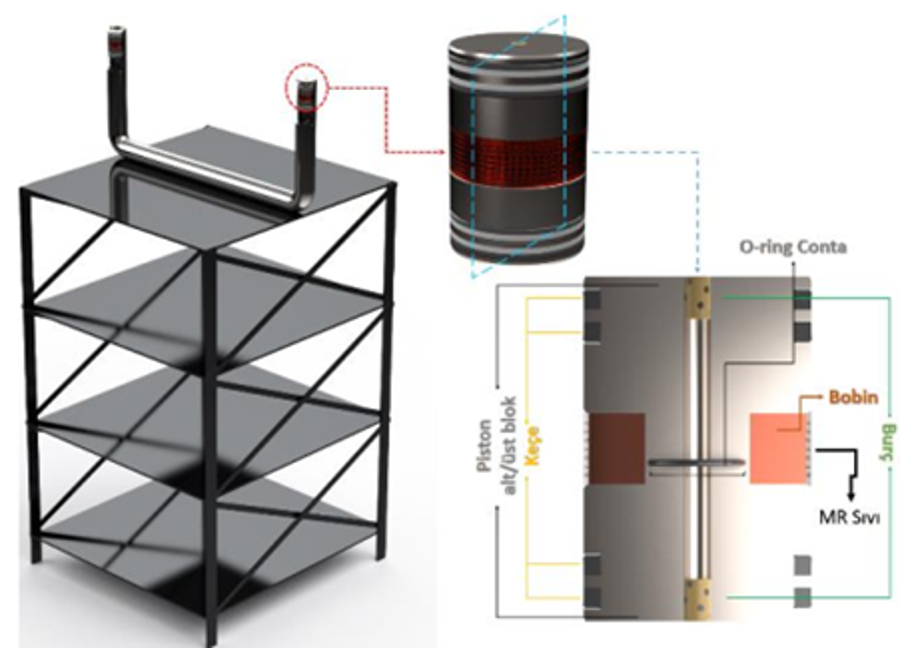by
Muhammet Umut Danış | Dec 19, 2024
The list of academic projects at ITU - Faculty of Mechanical Engineering can be found in the details for a period of May and December 2024. We congratulate our researchers.
Suppression of High-Frequency Brake Noise Using Piezoelectric-Based Passive Damping Elements
- Project Leader: Assist. Prof. Akif Yavuz
- Supporting Organization: ITU – BAP (Advanced Area Research Project)
- Abstract: This project aims to apply a mass-slip band test setup with a piezoelectric-based passive damping approach to suppress high-frequency brake noise in disc brake systems. The study will develop multiple physical models supported by experimental data to investigate the effects of different operational parameters on noise, as well as the dynamic stability of the system. The project seeks to provide an effective method for reducing brake noise using piezoelectric-based dampers and offer practical solutions for vehicle brake systems.
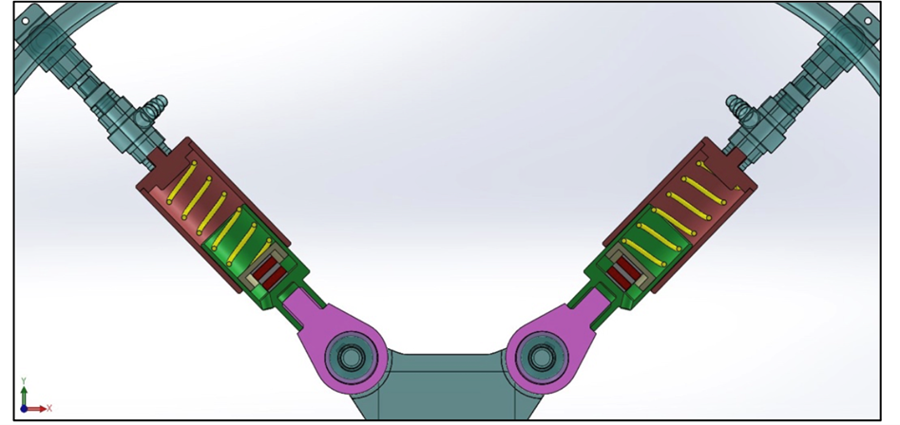
Development and Additive Manufacturing of Artificial Human Skin
- Project Leader: Assist. Prof. Aleaddin Burak İrez
- Supporting Organization: TÜBİTAK
- Abstract: Numerous new medical materials and devices are being developed today to improve the quality and effectiveness of medical interventions. The COVID-19 pandemic has once again emphasized the importance of effective medical intervention. During the pandemic, a significant number of patients in intensive care units required serious respiratory support. When first-line respiratory support was insufficient, an invasive second-line procedure, tracheostomy, was applied, and this procedure increased from 13% to 61% during the COVID-19 period. Tracheostomy is applied in cases of upper airway obstruction to facilitate pulmonary ventilation and to continue lung aspiration. It is a critical procedure due to the presence of vital blood vessels and vocal cords in the area. The procedure must be performed by highly trained and experienced surgeons or emergency medical technicians. Based on literature reviews and market research, there is a lack of training models that realistically replicate the mechanical properties and cutting behavior of human skin for tracheostomy procedures. Therefore, the main objective of this study is to fill this gap by developing meta-materials that mimic human skin's mechanical properties and cutting behavior, which will be produced using additive manufacturing.
Design and Production of Artificial Skin Suitable for Additive Manufacturing
- Project Leader: Assist. Prof. Aleaddin Burak İrez
- Supporting Organization: Fulbright Educational Commission, United States
- Abstract: This project aims to develop meta-materials that can mechanically mimic human skin. After studying the behavior and characteristics of human skin and its underlying components in detail, the project anticipates the use of the LFE-FRESH technique to manufacture the meta-materials. The first step will involve designing the meta-materials using numerical methods and verifying the design through finite element analysis (FEM). Soft materials will be chosen as the matrix material, and collagen fibers will be selected as the fiber material in multi-material structures. After 3D printing the materials, tensile tests will be conducted to define their material properties. Following this, the meta-material design will be carried out based on the tensile test results. The design process will define the basic mechanical and geometric properties of the fibers, which will then be modeled in FEM software to include material properties, boundary conditions, and interactions between fibers and the matrix. After the solution network is defined, simulations will be conducted. Once the FEM results are analyzed, design changes and structural optimizations will be performed. An optimized structure will be produced and subjected to tensile tests to validate the numerical results. Finally, a test setup will be prepared to observe the cutting properties of the materials once results consistent with real skin are achieved.
Numerical and Experimental Investigation of Electrohydrodynamic Active Micro-Mixer
-
Project Leader: Prof. Dr. Levent Trabzon
-
Supporting Organization: TÜBİTAK / Project no: 121N238
-
Summary: The aim of this project is to:
- Provide different active methods for mixing two dielectric fluids using an electrohydrodynamic (EHD) pump at the micro scale.
- Enhance the effect of various electrode designs and configurations on the mixing process.
- Produce 2D and 3D electrodes in different sizes and calculate the "mixing index" based on simulation results.
In this study, an electrohydrodynamic micromixer was developed by combining microfluidics with electric fields to enhance mixing quality. Soft lithography was used to produce PDMS microchannels, and physical vapor deposition was employed for electrode production. Different methods, such as PDMS/MWCNT/graphene composite injection and laser-induced graphene electrodes, were used for 3D electrode production. Microfluidic experiments were conducted using flow rates of 0.1 Re-5 Re and 15 Re and voltage values of 5-10-15-20 V.
Simulation results showed that the highest mixing index was achieved with the 2-D longitudinal electrode design. Experimental and simulation results were compared, with mixing index values at 10V for designs 1/2/5 being 0.44, 0.48, and 0.43 respectively, while the simulation values for these designs were 0.62.
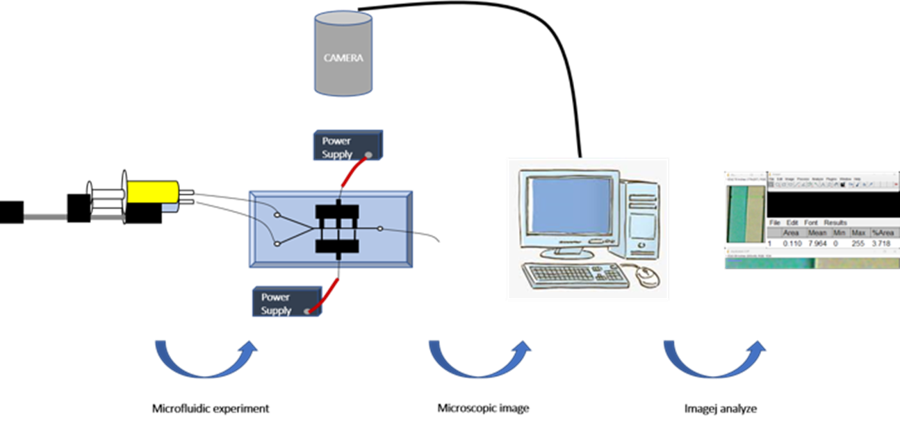
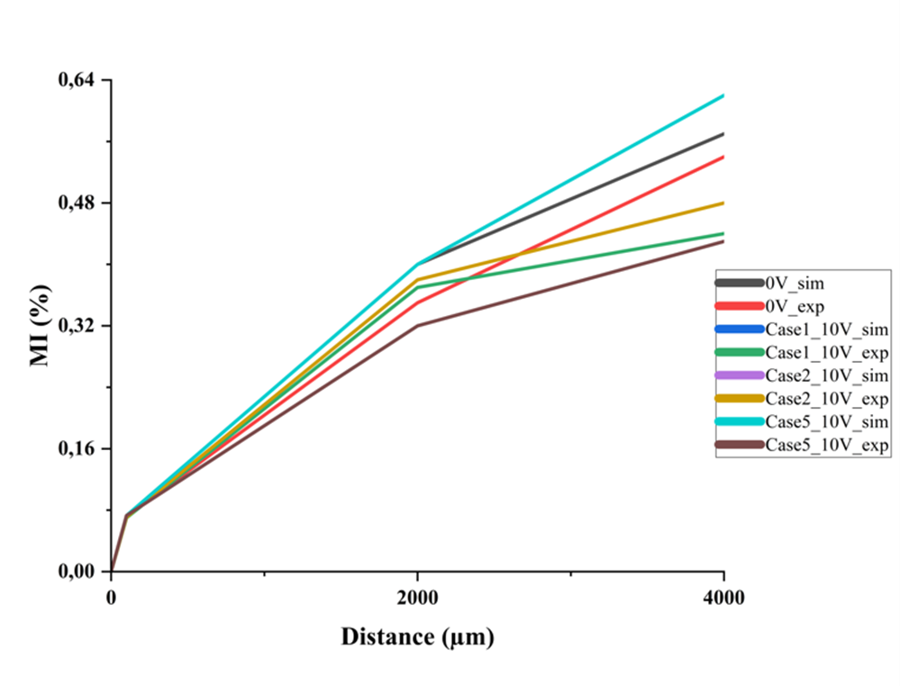
Use of Silicon-Embedded Ferromagnetic Nano-Clusters in Microfluidic Systems for Capturing Circulating Cancer Cells
-
Project Leader: Prof. Dr. Levent Trabzon
-
Supporting Organization: TÜBİTAK / Project no: 221N138
-
Abstract: Early detection of cancer is critical for disease prevention and successful treatment. Delayed access to cancer treatment lowers survival rates, increases treatment-related issues, and raises costs. Circulating tumor cells (CTCs) in patients at the metastasis stage are rare, with only 1-10 cells per milliliter of blood, making detection challenging. Over the past 20 years, much effort has been put into capturing CTCs, and microfluidic technology has become one of the most effective methods for early detection. However, a fully developed solution is still lacking, so different capture methods are being explored. This project aims to develop an innovative microfluidic system using nano-clustered ferromagnetic materials.
In this project, nano-clusters smaller than 2 nm were produced using Mn, Co, Ni, and Cr elements to create a high magnetic field. This enables CTCs to be captured in a simple microchannel without pre-processing. The goal is to develop a system with high commercial potential and broad applications in biology/medicine. Furthermore, the technology developed is expected to contribute to the economies of both countries.
Studies showed that Mn-doped silicon wafers captured Vimentin-MNP-MDA cells, as observed under fluorescence microscopy. Sensor studies were conducted to ensure the reliability of the work, and binding signal changes were analyzed. Mn-doped silicon wafers were shown to be effective in capturing CTCs.

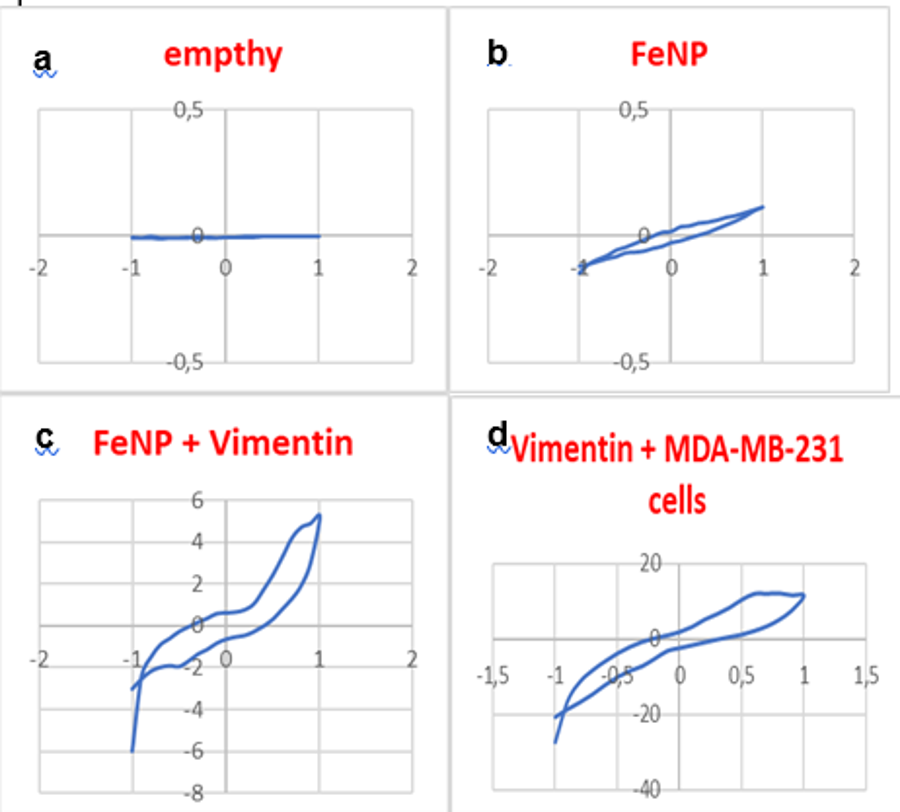
Synthesis and Applications of Novel Next-Generation Carbon Allotropes for Carbene Film-Based Gas Sensor and Biosensor Applications
- Project Leader: Prof. Dr. Levent Trabzon
- Supporting Organization: TUBITAK / Project No: 120N084
- Abstract: Among the various forms of carbon nanomaterials, carbene, a one-dimensional (1D) sp-hybrid carbon, has been challenging to produce due to its chemical instability. As a result, the properties of carbene have not been fully explored. Recent developments, such as ion-assisted pulsed plasma deposition (IA-PPD) and laser ablation in liquids (LAL), have enabled the successful synthesis of finite-length carbene chains in the laboratory. In this study, we present the synthesis and characterization of these carbene nanostructures to better understand their unique properties. Additionally, we investigated their practical applications by using them as sensing materials in quartz crystal microbalance (QCM) sensors. When detecting various analytes, LAL carbene showed higher selectivity for ammonia gas. The sensor exhibited a moderate response time of 4.7 minutes with complete recovery in about 9.3 minutes.
-
Key Achievements:
- One Ph.D. thesis completed within the project.
- Participation in four international conferences showcasing project results.
- Two papers published in international peer-reviewed journals.
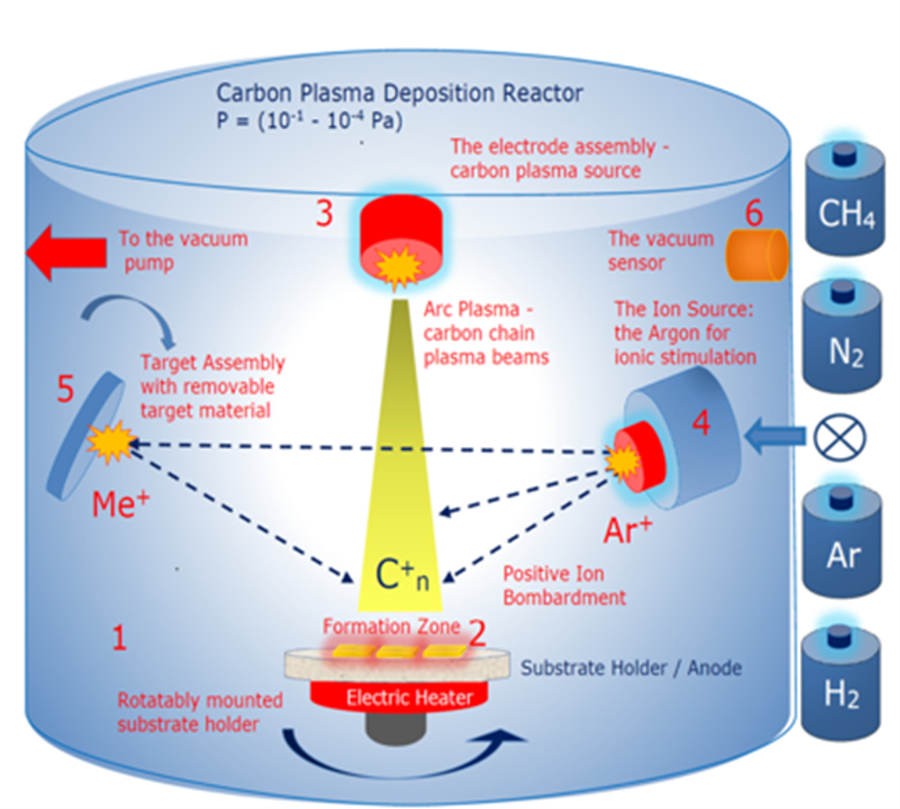
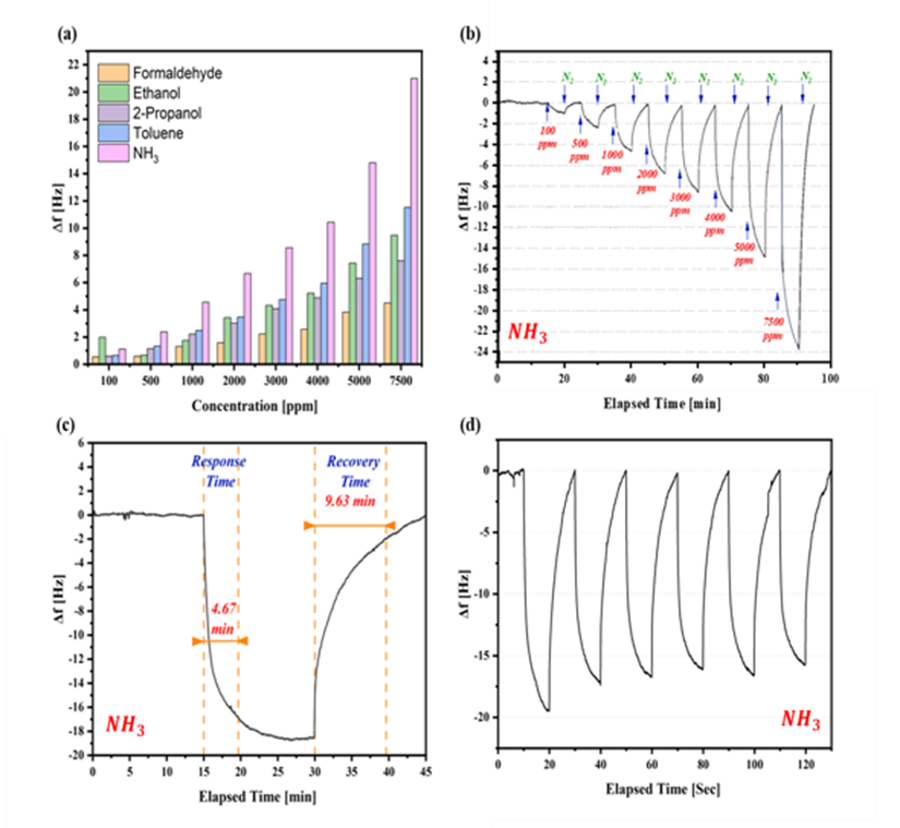
Sensitivity Analysis and Integrated Experimental Calibration of the k-ω SST Turbulence Model with Artificial Neural Network (ANN) Approach
- Project Leader: Assoc. Prof. Dr. Sertaç Çadırcı
- Supporting Organization: DAAD (Research Stays for University Academics and Scientists, 2024)
- Abstract: The project, titled "Sensitivity Analysis and Integrated Experimental Calibration of the k-ω SST Turbulence Model with Artificial Neural Network (ANN) Approach," involved preparations for collecting experimental data, such as surface pressure and velocity profiles, for a case-specific problem. Computational Fluid Dynamics (CFD) studies were conducted after applying the experimentally obtained boundary conditions to the numerical model. Calibration was performed using a multi-objective optimization approach in the Deep Neural Network (DNN) model, with error measurements serving as objective functions.
Control of Earthquake Vibrations with a New Type of Semi-Active Magnetorheological Fluid Column Damper (MRP-TLCD)
- Project Leader: Prof. Dr. Tahsin Engin
- Supporting Organization: TUBITAK
- Abstract: The aim of this project is to reduce the risk of damage caused by earthquakes in structures by developing a novel semi-active controlled liquid column damper (Tuned Liquid Column Damper: TLCD) system using magnetorheological (MR) fluid. For the first time in literature, the semi-active control of TLCD will be achieved using a piston design with MR fluid. As a result of this study, an innovative earthquake vibration damping system will be developed, which can be easily applied to existing or newly constructed buildings at low cost and improve shear force index by 30%.
